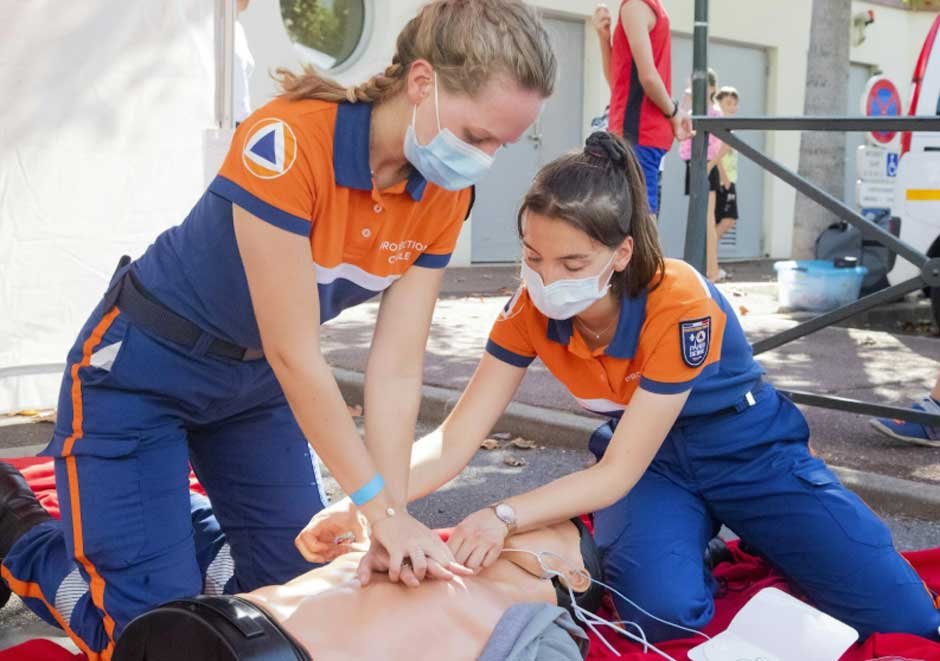Are you prepared to handle a medical emergency?
Whether at home, work, or in public spaces, emergencies can happen at any time. Knowing how to respond can make all the difference. Emergency medical training equips you with the skills needed to manage these situations confidently.
With the right training, you can be ready to provide life-saving assistance in critical moments. This guide will cover everything you need to know about emergency medical training, from basic first aid to advanced techniques, helping you choose the best path for your needs. Keep reading!
What Is Emergency Medical Training?
Emergency medical training teaches you how to help during medical emergencies. It includes skills from basic first aid to advanced life-saving techniques. This training prepares you for situations like cardiac arrest, choking, or severe injuries.
You will learn how to assess and react quickly in real-life emergencies, potentially saving lives. Different courses cover various topics to help individuals, from beginners to experts, feel confident in dealing with critical situations.
Key Skills in Emergency Medical Training
Emergency medical training teaches important skills that can save lives. You will learn basic life support (BLS), which includes CPR and managing breathing problems. Wound care is another crucial skill to stop bleeding or prevent infections.
There are also techniques for handling choking situations. Additionally, training covers how to manage shock, treat both conscious and unconscious patients, and use an Automated External Defibrillator (AED).
Types of Emergency Medical Training
There are different types of emergency medical training to fit various needs. First Aid and CPR courses teach basic medical skills like CPR and simple first aid.
These classes are great for anyone, from parents to office workers, and can be completed in just a few hours. Advanced Cardiac Life Support (ACLS) is for healthcare professionals and focuses on advanced techniques used during heart emergencies.
Pediatric Advanced Life Support (PALS) is a course designed for healthcare responders to handle emergencies involving infants and children.
Certification in Emergency Medical Training
Certification is an important step in proving your skills. After completing a course, you must pass a written test and show your skills in practice. Certification is often given by trusted organizations, such as the American Heart Association (AHA) or Red Cross.
These organizations ensure that you have learned and demonstrated the skills needed to handle emergencies. Most certifications need to be renewed every two years to keep your knowledge current.
Preparing for Emergencies
Being ready for emergencies is crucial. To stay prepared, it is helpful to take emergency medical training courses regularly. Always have a stocked first aid kit nearby and know how to use the items in it.
Practice the skills you’ve learned to keep them sharp. Staying informed about local emergency services and procedures is also important.
By taking these steps, you can act quickly and confidently during a crisis, increasing your chances of helping others in critical situations. Want to know how to prepare for emergencies? Check out available resources and courses for more info.
Take the Next Step with Emergency Medical Training
Emergency medical training helps you act fast in an emergency. You will learn simple skills like CPR, first aid, and how to care for injuries. These skills can help you save lives when needed.
Whether at home, work, or in public, knowing what to do can make a big difference. Don’t wait for an emergency. Get emergency medical training now and be ready to help when it counts.
Did you find this article helpful? You can check out our website for more awesome content like this.







